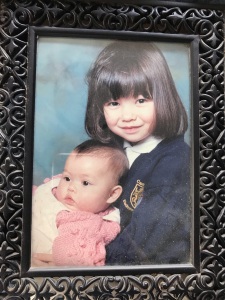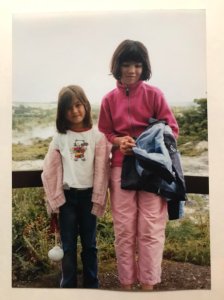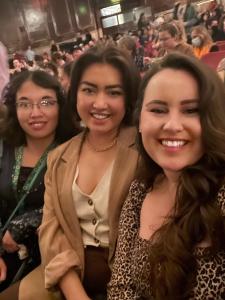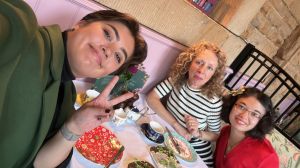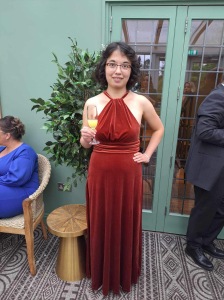Autism advocacy is something that has become increasingly important to me, as an autistic person myself – and a mixed-race lesbian one at that. I fought long and hard to overcome the shame and embarrassment surrounding my autism – and later my sexuality – so that I could make a stand for myself and people like me.
I’ve also, over the years, become good at adapting and problem solving, and finding ways of learning and improving that work for me. Being outnumbered by neurotypical people has meant I’ve had many opportunities to learn how to pinpoint any mismatches in communication, and explain my side while also understanding where the other person is coming from. I might not be fluent in neurotypical-speak, but my ability to problem solve is something I do take pride in.
When I started blogging regularly, my blog became a platform where I could discuss and promote issues that I wanted people to understand better. I then extended my advocacy to my book, Approaching Autistic Adulthood: The Road Less Travelled, and my public speaking. I am proud of how far I’ve come, and always honoured when people contact me to say how much they’ve learned, or how much they personally relate. Being autistic – and in any other minority category – is not a lesser way of being, and I will always push for better understanding and acceptance.
In the day-to-day, however, advocacy can be hard. Addressing an audience who are specifically there to learn is nothing compared to always having to explain my needs and experiences to people who may or may not be willing to listen. Sometimes, I get tired of bending over backwards to explain myself, or make sense of non-autistic communication. I’m tired of always pivoting and problem solving. I’m tired of the anxiety from never quite knowing how people are going to react to what I say, how I learn, or how I come across. I’m tired of having to push so much harder to work on my communication than most neurotypicals ever will. And I’m tired of how it’s so often autistic people who are seen as stupid or awkward, while neurotypical ways of communicating and learning are seen as the norm.
Autism itself can be hard too. No matter how firm I am about not wanting to be “cured”, I’m still easily frustrated and disheartened by my difficulties with working memory, information overload and understanding other people’s expectations. I hate feeling like I always get things wrong, no matter how well I know in my head that this isn’t actually true. Sometimes, I have moments where I wish I could change myself. Other times, I wish I could change the world.
Yet in a way, it’s the struggles and the difficult feelings that create a greater need for advocacy. With better understanding, inclusion and acceptance, people who are different in any way wouldn’t have to fight so hard to keep their heads above water. When we raise awareness of our experiences, we don’t just educate the rest of the world; we also help people like us feel less alone. For me, these reasons are enough to keep advocating even when it’s hard. I can’t completely change myself, and I certainly can’t change the whole world, but I can keep making small changes that still make a difference.










